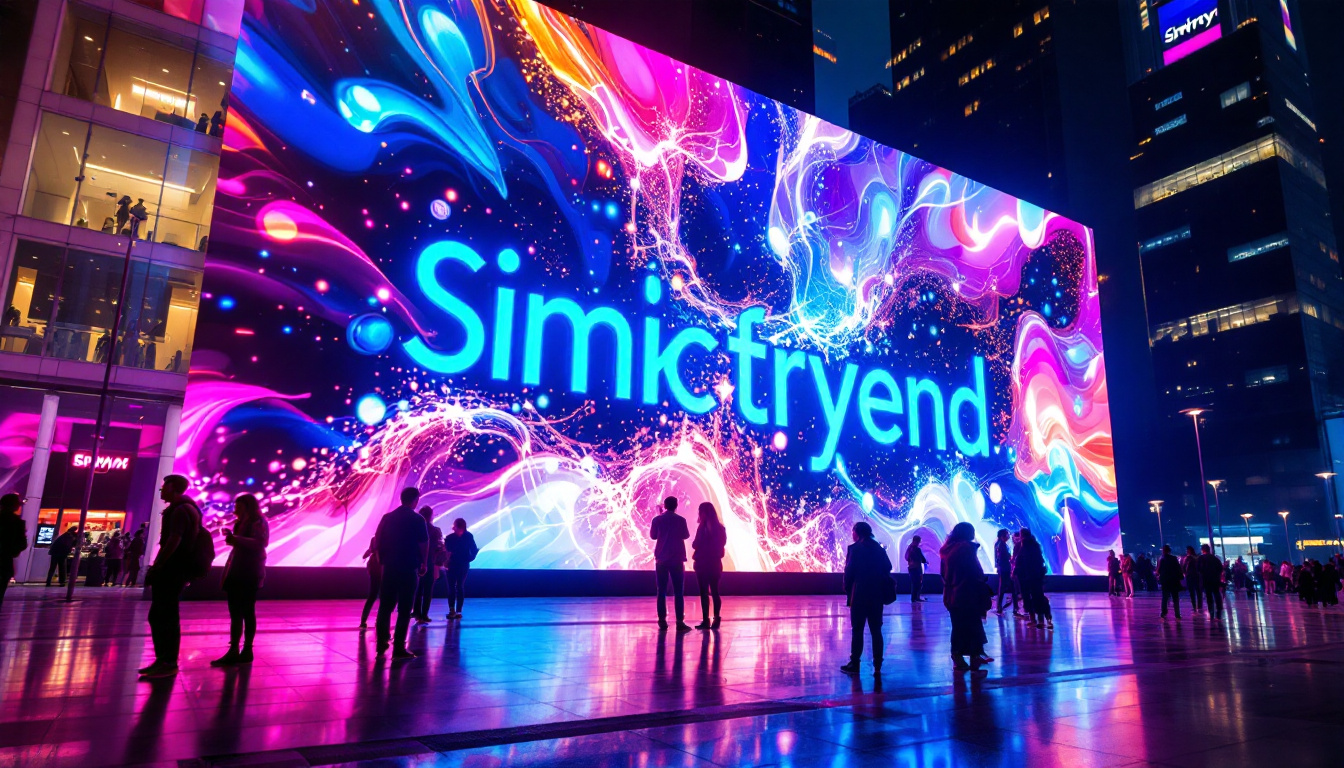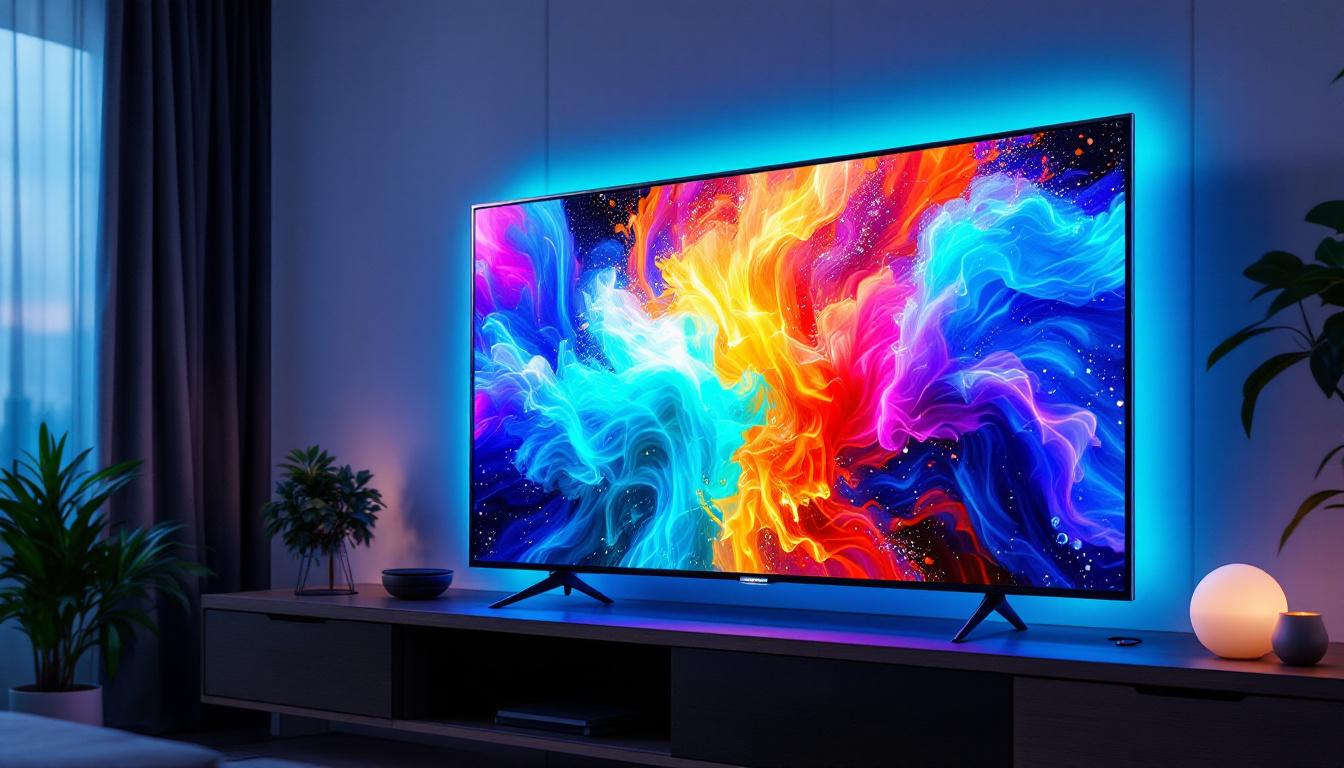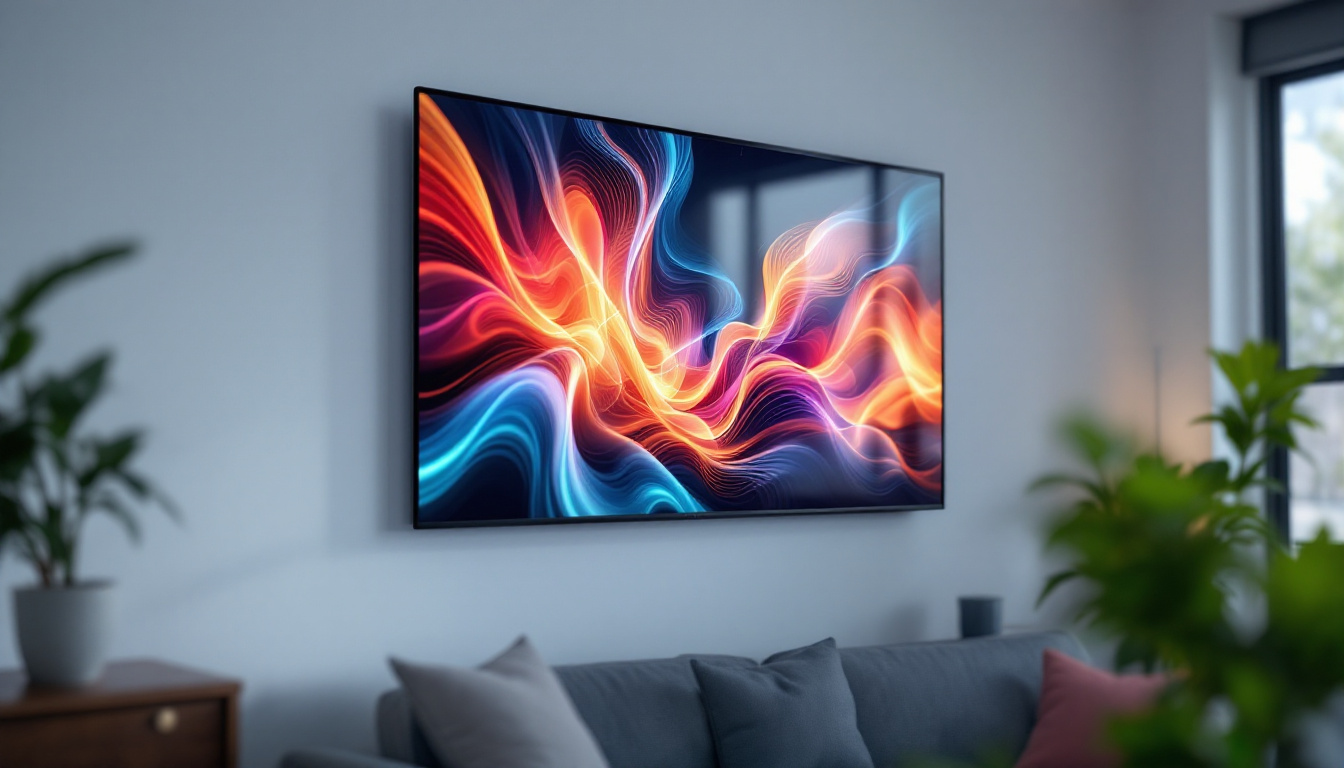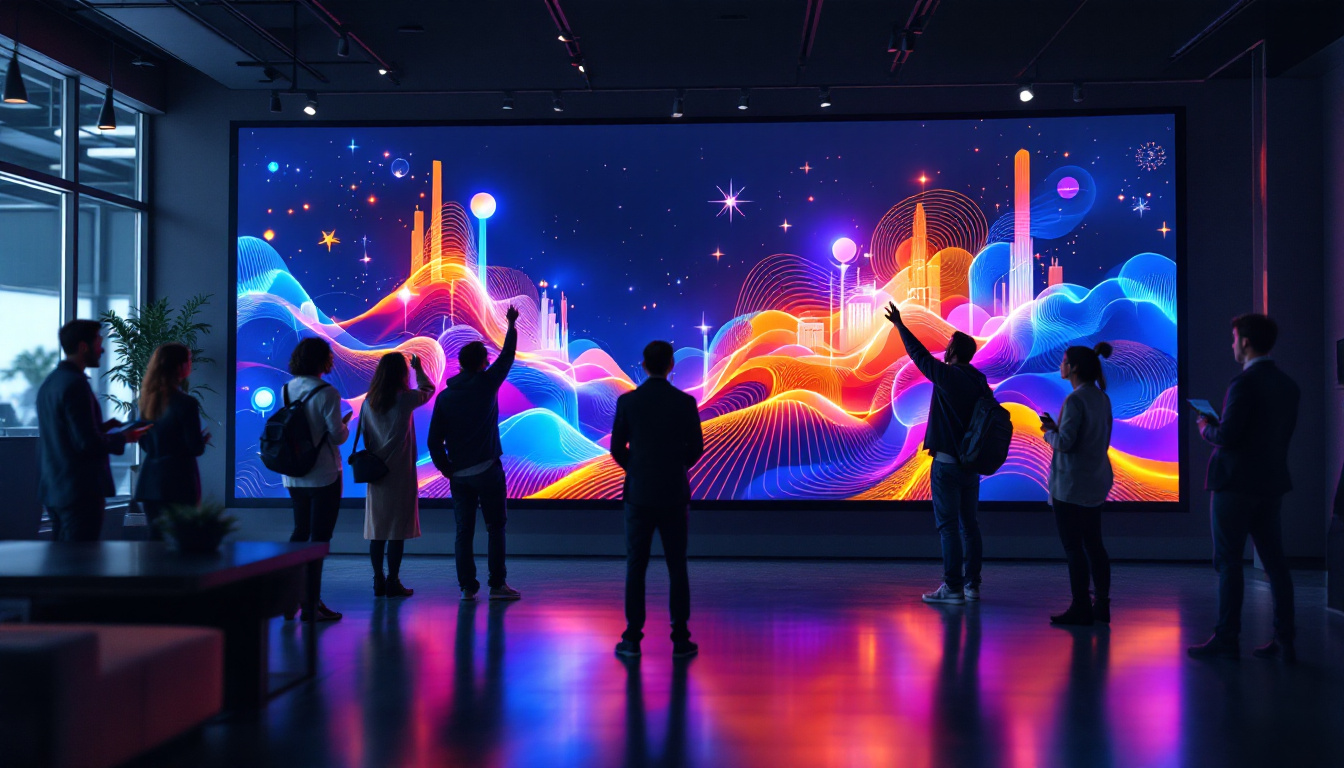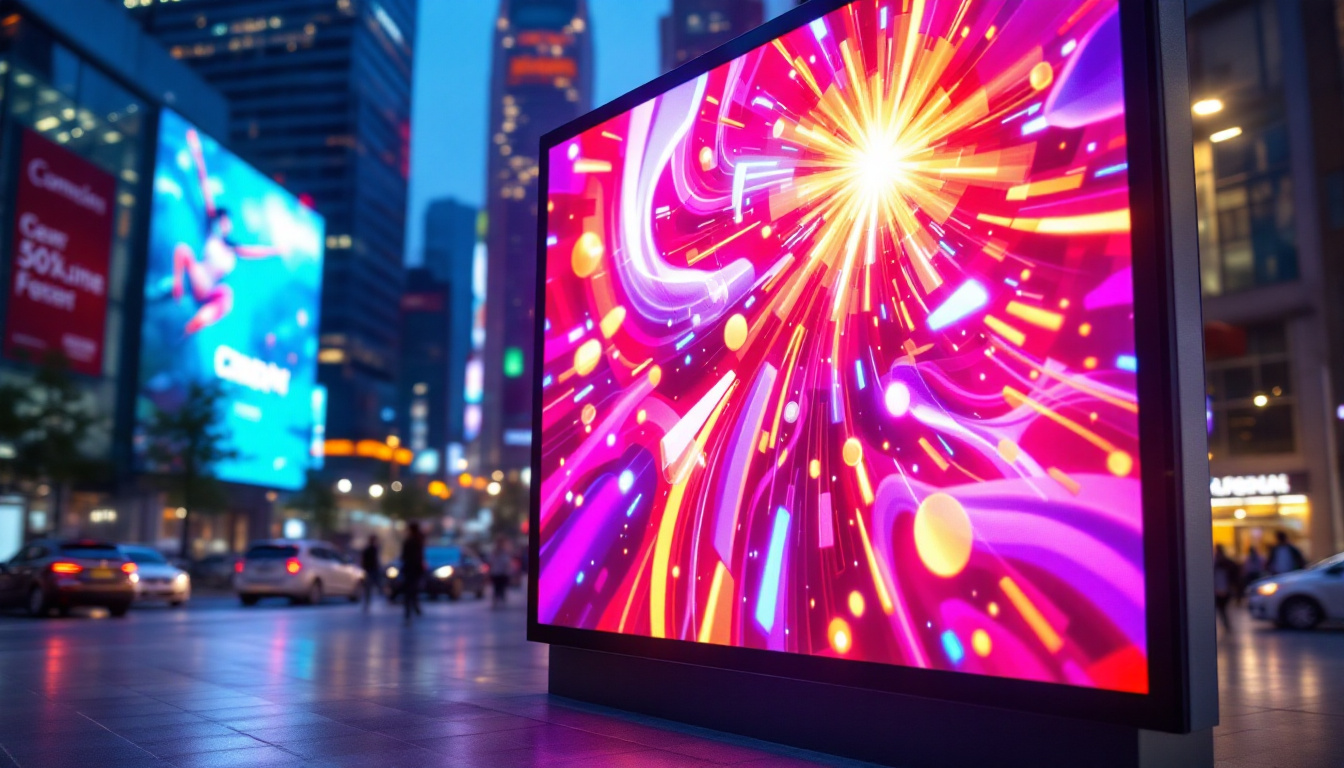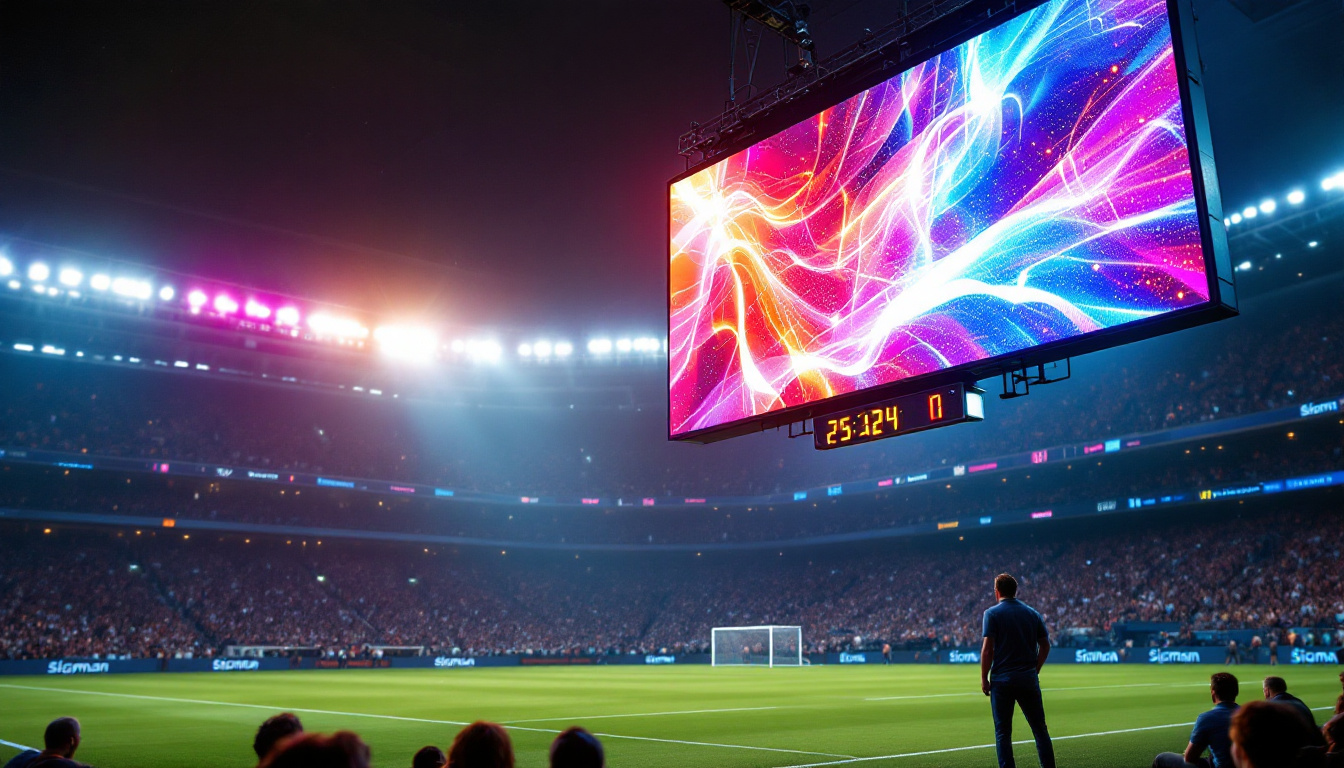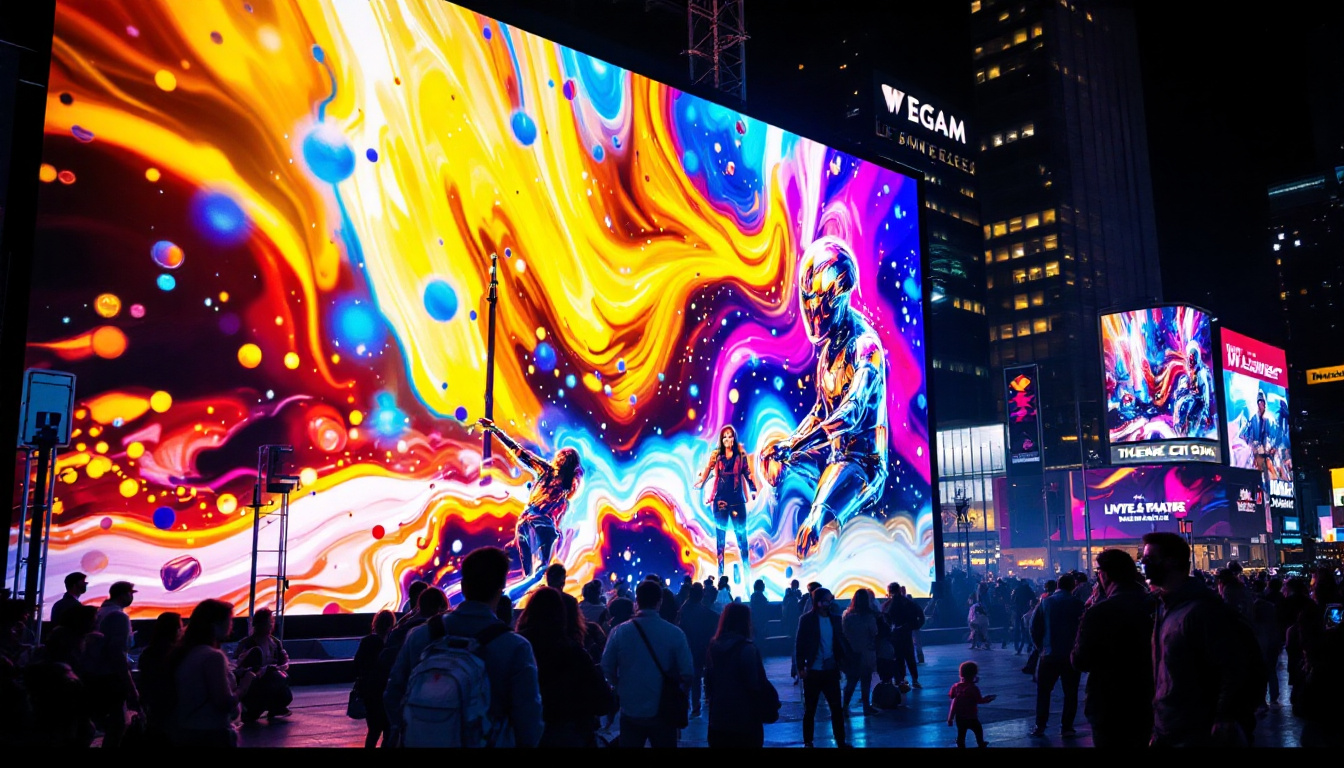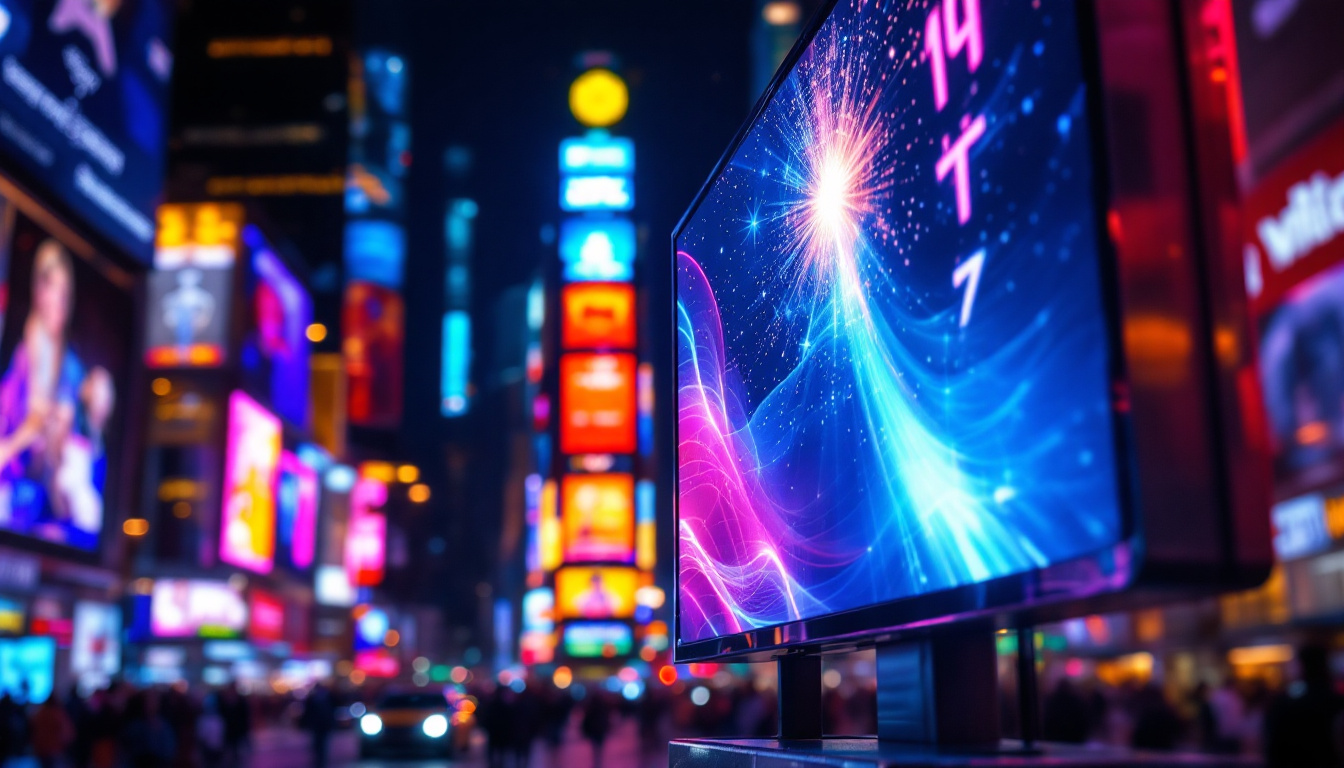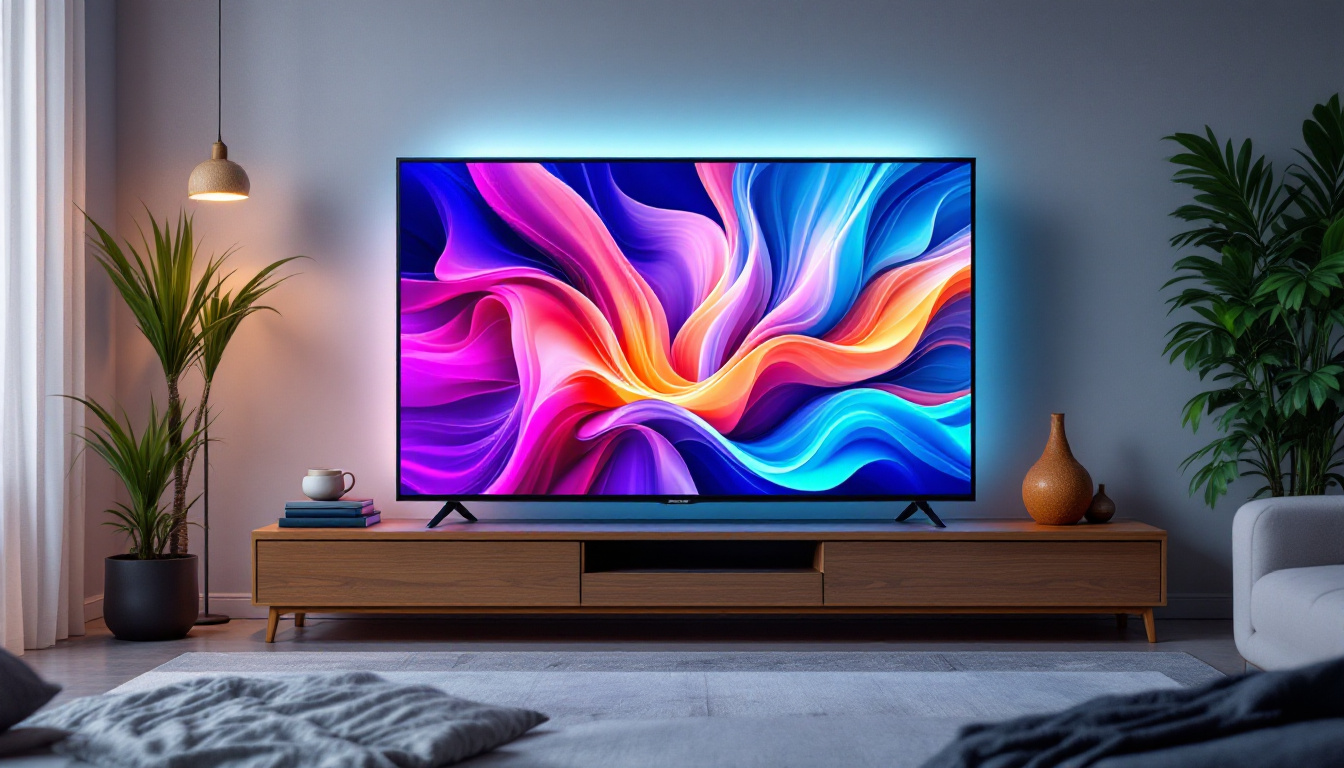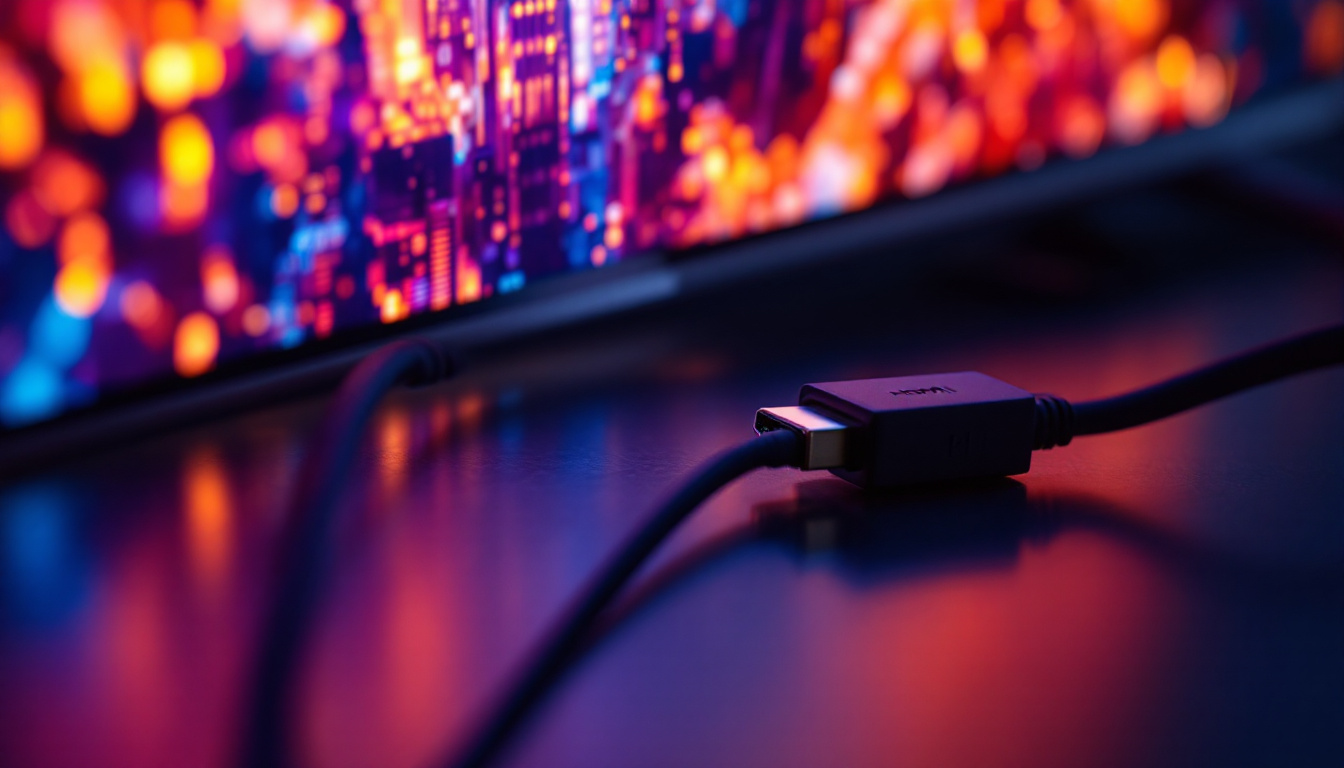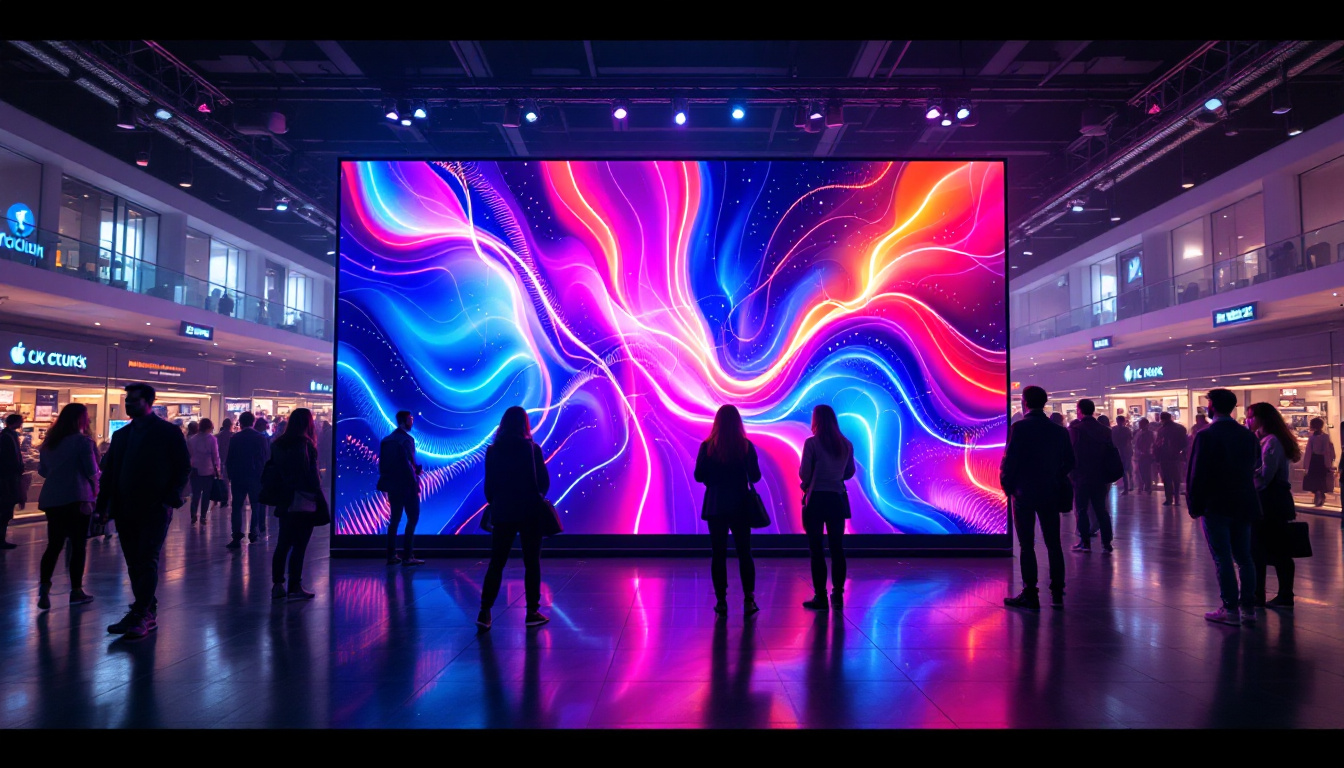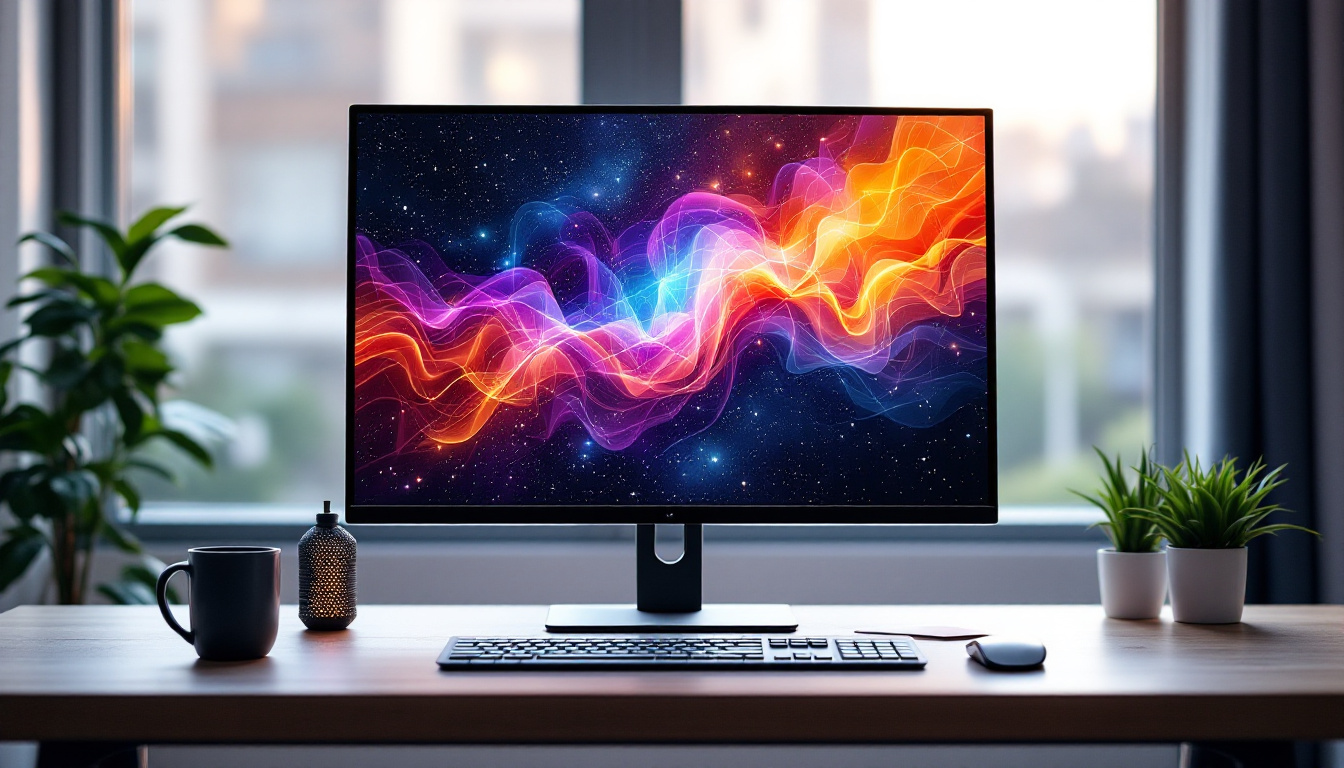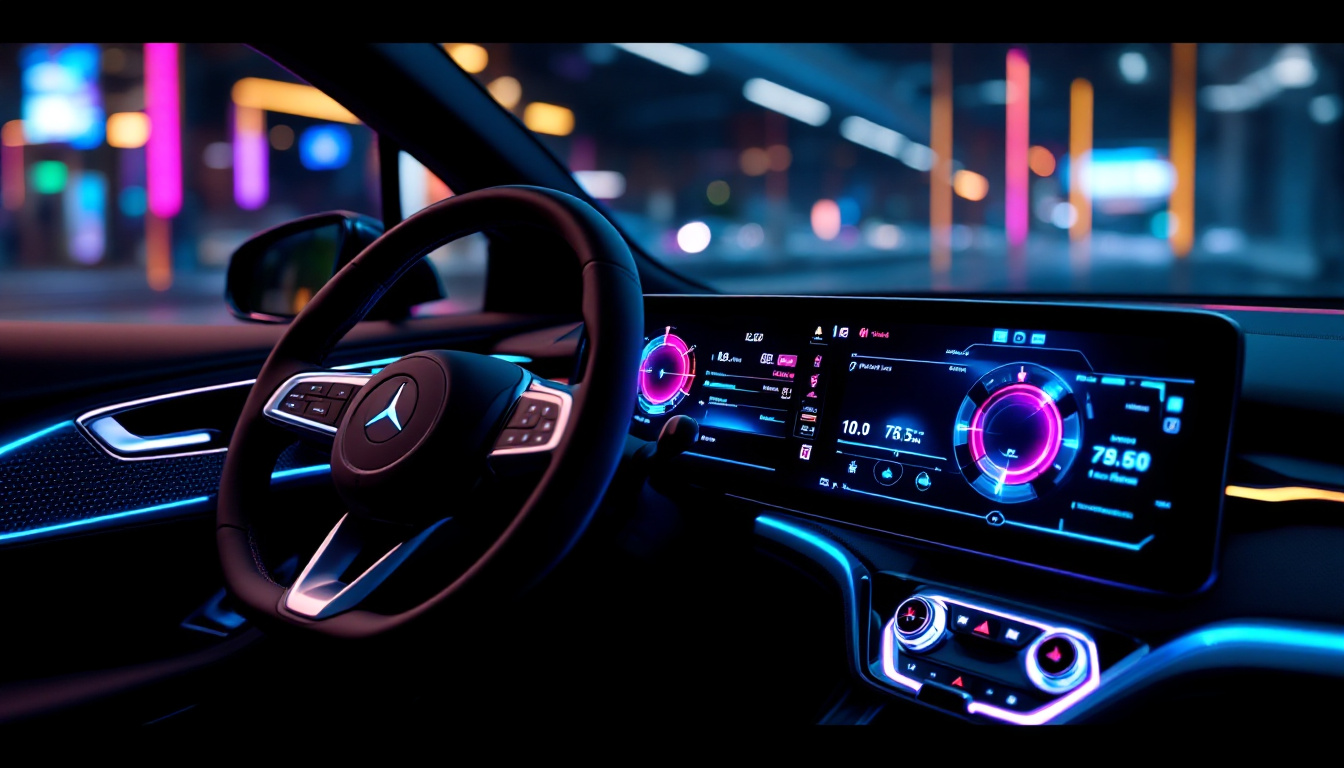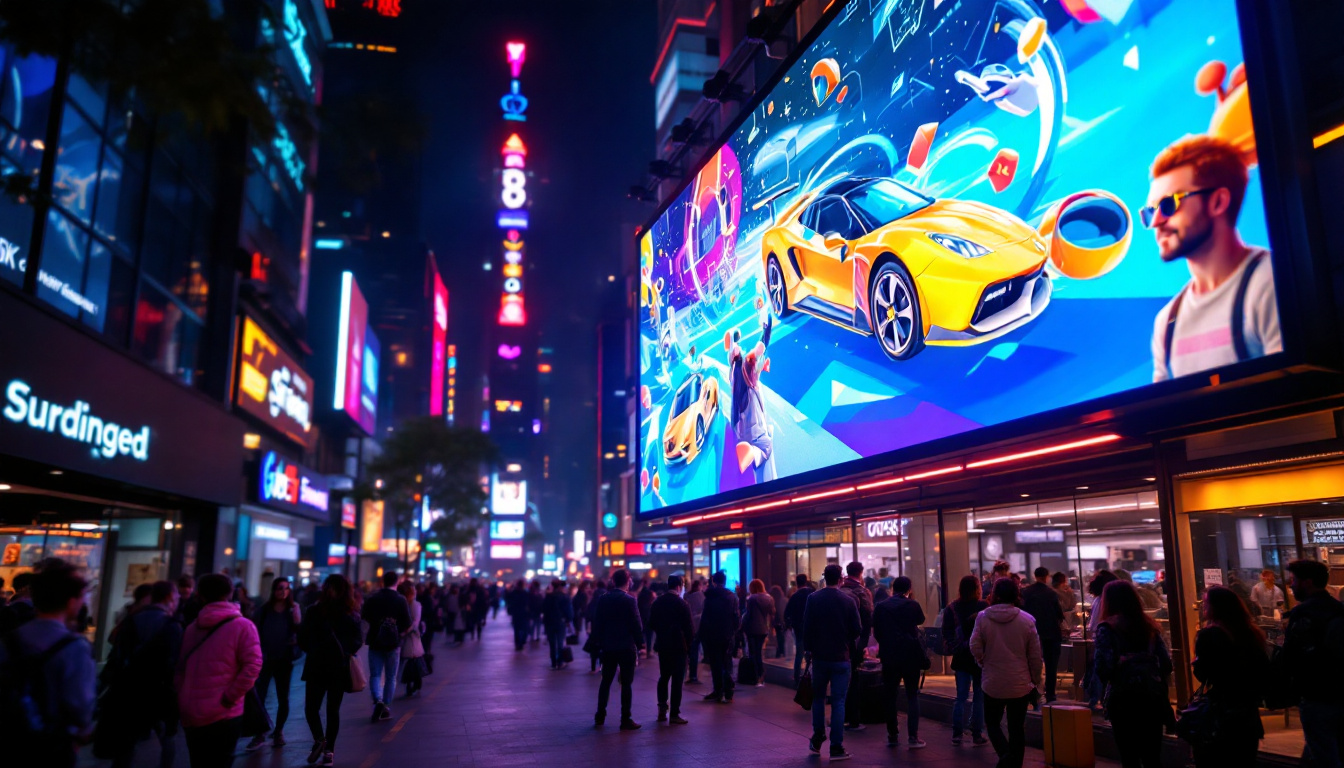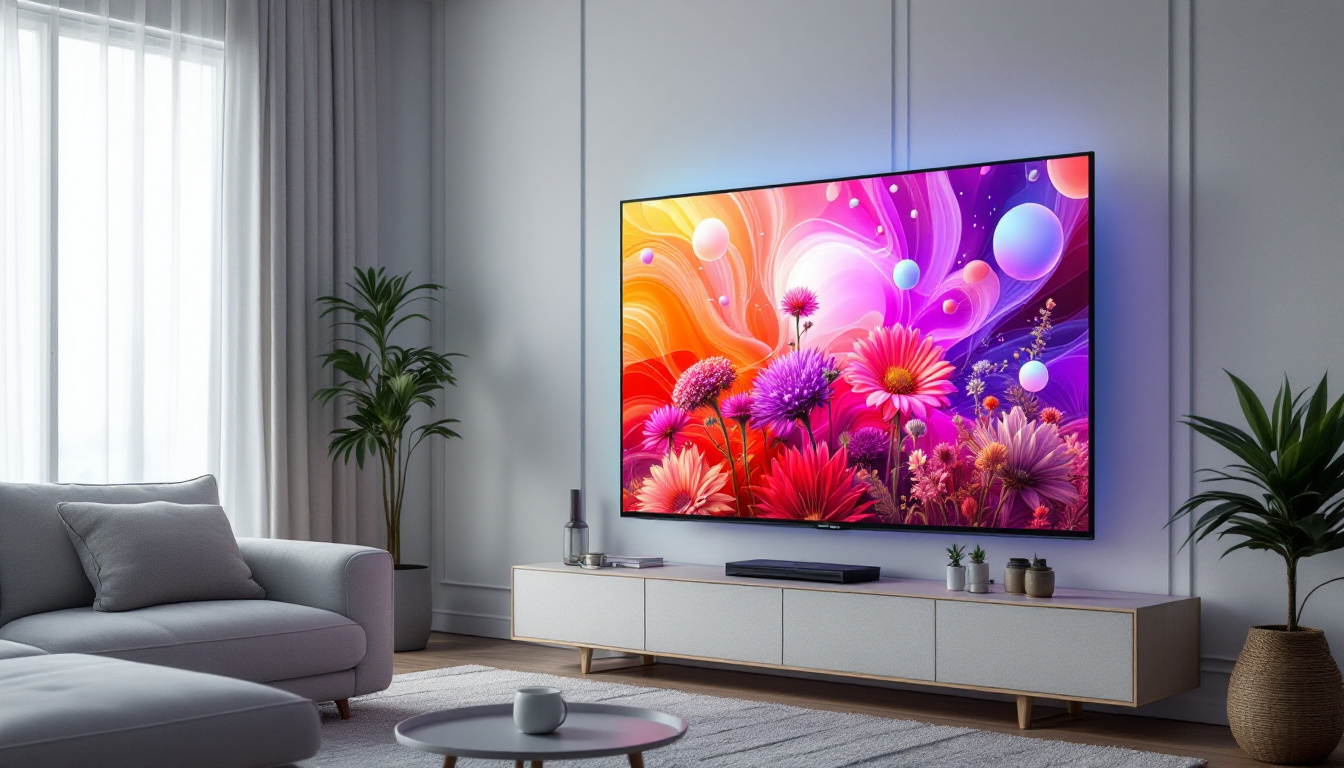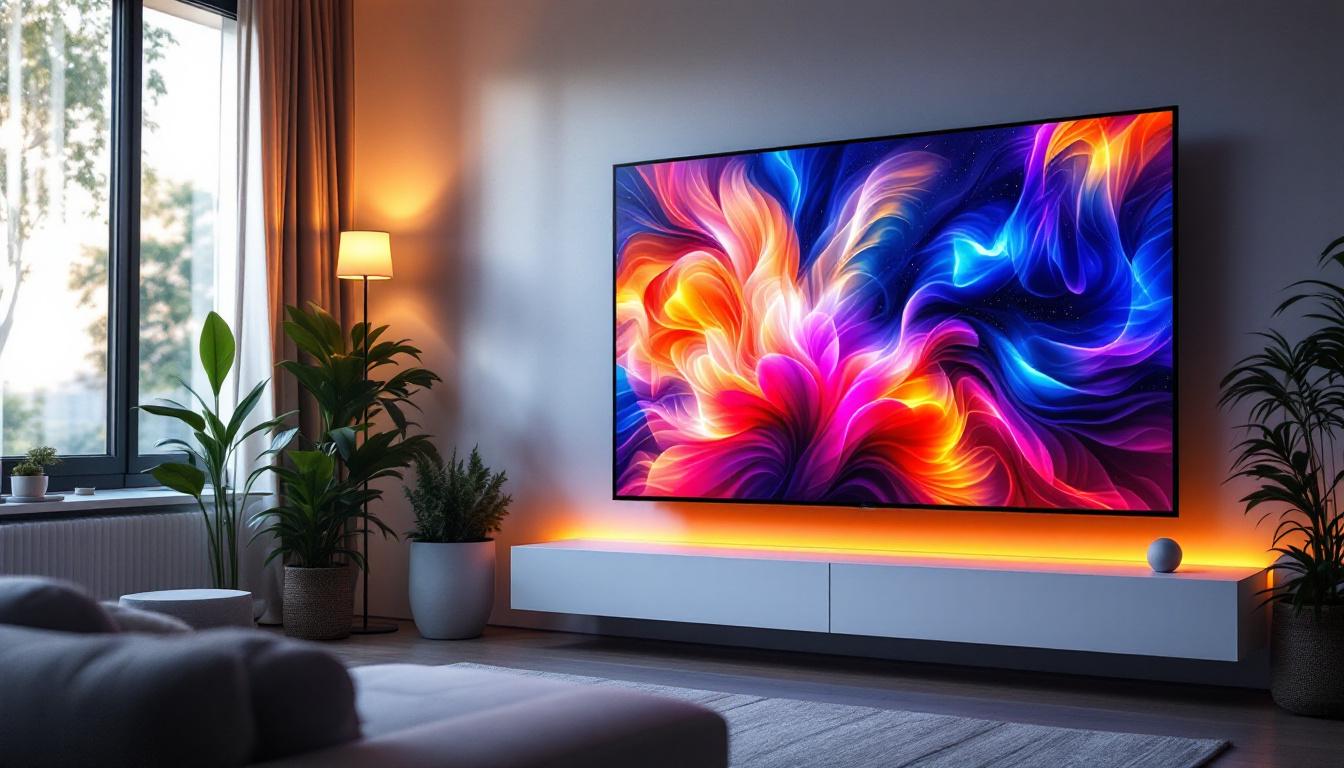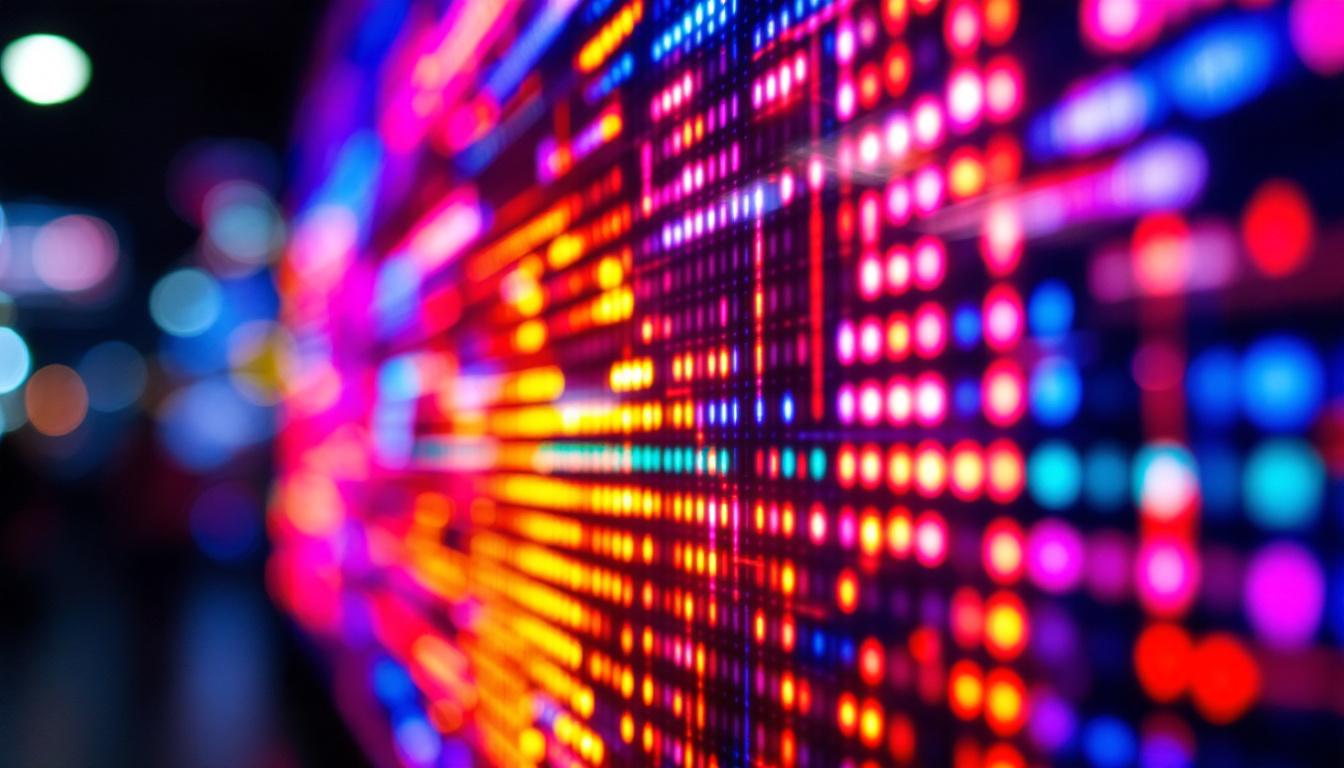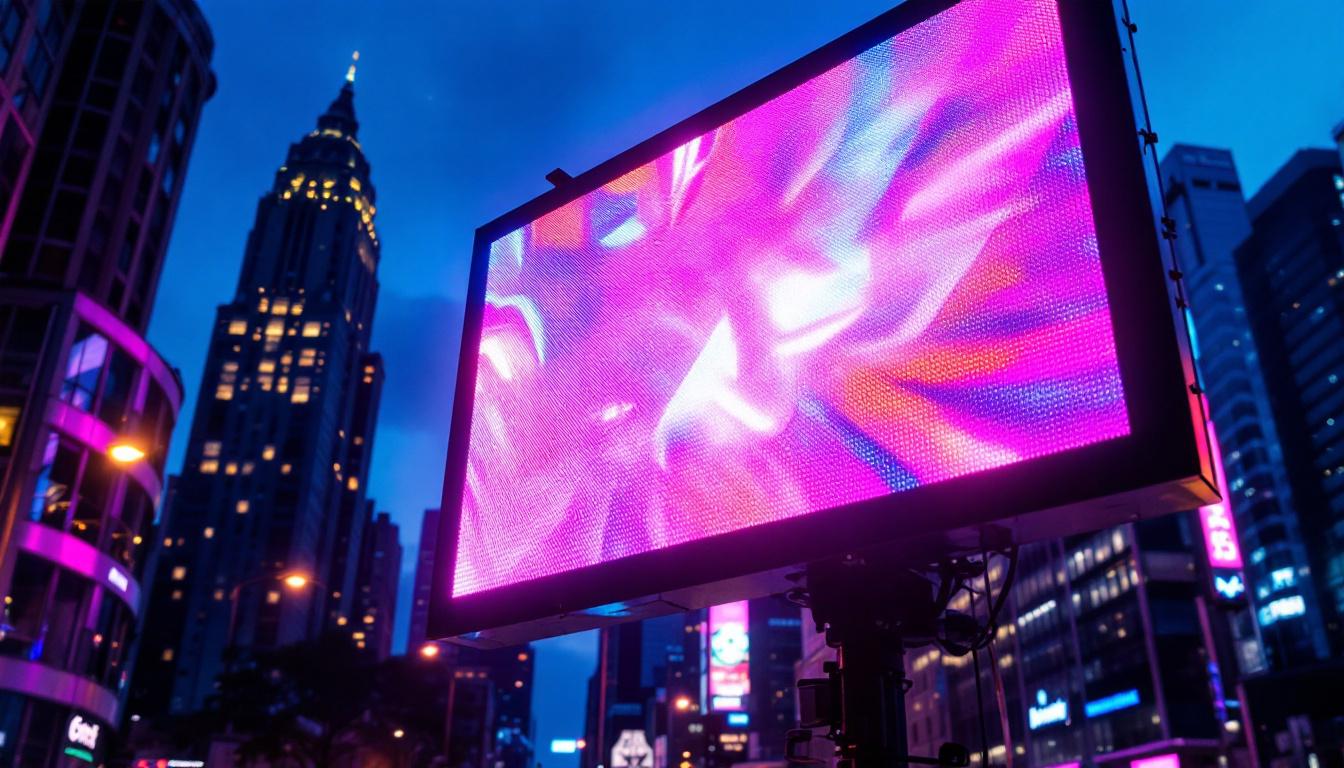In today’s digital age, touch screen monitors have become an essential tool in various sectors, from education to healthcare and corporate environments. As technology advances, the size and capabilities of these monitors have expanded significantly. This article explores the largest touch screen monitors available, focusing on LED display technology, its advantages, and its applications.
Understanding Touch Screen Technology
Touch screen technology has transformed the way users interact with devices. It allows for direct interaction with what is displayed, making it intuitive and user-friendly. There are several types of touch screen technologies, including resistive, capacitive, and optical, each with its unique characteristics.
Types of Touch Screen Technologies
Resistive touch screens work by sensing pressure applied to the screen. They are generally less expensive and can be operated with a stylus or finger. However, they may not offer the same level of clarity and responsiveness as other technologies. Additionally, resistive screens can be prone to wear and tear over time, which may affect their functionality and visual quality. This makes them more suitable for environments where durability is less of a concern and cost is a primary factor.
Capacitive touch screens, on the other hand, detect the electrical properties of the human body. This technology provides a more responsive and clearer display, making it the preferred choice for most modern devices. Capacitive screens are also more durable and can support multi-touch gestures, enhancing user experience. Their ability to recognize multiple touch points simultaneously allows for advanced functionalities like pinch-to-zoom and swipe gestures, which have become standard in smartphones and tablets. This technology has paved the way for innovative applications in gaming, virtual reality, and augmented reality, creating immersive experiences that were previously unimaginable.
Applications of Touch Screen Monitors
Touch screen monitors are utilized in various fields. In education, they facilitate interactive learning experiences, allowing students to engage with content dynamically. Educators can use these screens to display multimedia presentations, conduct quizzes, and encourage group collaboration, making lessons more engaging and effective. In healthcare, they enable medical professionals to access patient information quickly and efficiently. Touch screens are often used in hospitals for patient check-in systems, electronic health records, and even in surgical settings, where quick access to information can be critical. Corporate environments use touch screens for presentations and collaborative work, enhancing productivity and communication. These devices are increasingly found in conference rooms, where they serve as interactive whiteboards, allowing teams to brainstorm and visualize ideas in real-time.
Moreover, touch screen technology has made significant strides in the retail sector, where it enhances customer interaction and streamlines the shopping experience. Retailers are adopting touch screens for self-service kiosks, enabling customers to browse products, place orders, and even make payments without the need for staff assistance. This not only improves efficiency but also allows for a more personalized shopping experience, as customers can access tailored recommendations based on their preferences. The hospitality industry has also embraced touch screens, using them for everything from digital menus in restaurants to interactive guides in hotels, further showcasing the versatility and impact of touch screen technology across various domains.
The Rise of Large Touch Screen Monitors
As the demand for larger displays grows, manufacturers have responded by creating touch screen monitors that can reach impressive sizes. These monitors not only provide a larger viewing area but also enhance the overall user experience by allowing multiple users to interact simultaneously.
Benefits of Large Touch Screen Monitors
One of the primary benefits of large touch screen monitors is the improved visibility they offer. In environments such as classrooms or boardrooms, a larger screen ensures that everyone can see the content clearly, facilitating better engagement and collaboration.
Additionally, large touch screens can support more complex applications, such as interactive presentations or detailed data visualizations. This capability makes them invaluable in corporate settings, where detailed analysis and collaboration are crucial. The tactile interface encourages users to engage more deeply with the content, allowing for real-time annotations, brainstorming sessions, and interactive discussions that can lead to more innovative solutions.
Moreover, these monitors often come with multi-touch capabilities, enabling several users to interact with the screen simultaneously. This feature is particularly beneficial in educational settings, where students can work together on projects or participate in interactive learning exercises. The hands-on approach not only makes learning more enjoyable but also helps to reinforce concepts through active participation.
Leading Brands and Models
Several brands have emerged as leaders in the large touch screen monitor market. Companies like Microsoft, Samsung, and Sharp offer a range of models that cater to different needs and budgets. These monitors often come equipped with advanced features such as high-definition displays, built-in collaboration tools, and compatibility with various operating systems.
In addition to these established brands, newer companies are entering the market, bringing innovative designs and competitive pricing. For instance, brands like ViewSonic and BenQ are gaining traction with their focus on educational and corporate solutions, offering models that include features like anti-glare screens and customizable interfaces. As technology continues to evolve, we can expect to see even more advancements in touch screen technology, such as improved responsiveness and integration with artificial intelligence, further enhancing the user experience and expanding the potential applications of these large monitors.
LED Display Technology Explained
Light Emitting Diode (LED) technology has revolutionized display screens, providing brighter, more energy-efficient options compared to traditional LCDs. LED displays utilize a series of diodes to produce light, resulting in vibrant colors and deeper blacks. This advancement has not only enhanced the viewing experience for consumers but has also opened new avenues for creative applications in various industries, including advertising, entertainment, and education.
How LED Displays Work
LED displays can be categorized into two types: edge-lit and backlit. Edge-lit displays have LEDs positioned along the edges of the screen, while backlit displays have LEDs spread across the entire panel. Backlit displays typically offer better brightness and color accuracy, making them ideal for large touch screen monitors. The technology behind these displays allows for dynamic range adjustments, enabling screens to adapt to different lighting conditions, which is particularly beneficial in environments with varying ambient light.
Moreover, LED technology allows for thinner and lighter displays, which is particularly advantageous for large monitors that need to be mounted or moved frequently. This flexibility has contributed to the growing popularity of LED touch screen monitors in various settings. For instance, in retail environments, these displays can be used for interactive kiosks that enhance customer engagement, providing a seamless blend of information and entertainment. The lightweight nature of LED screens also facilitates easy installation in areas where traditional displays would be cumbersome.
Advantages of LED Displays
One of the standout advantages of LED displays is their energy efficiency. They consume significantly less power than traditional displays, making them a more sustainable option for businesses and institutions. Additionally, LED displays have a longer lifespan, reducing the need for frequent replacements. This longevity not only translates to cost savings but also minimizes electronic waste, aligning with global sustainability goals.
Furthermore, LED technology provides superior image quality, with higher contrast ratios and faster response times. This quality is essential in environments where clarity and detail are paramount, such as in design studios or medical facilities. The enhanced color gamut offered by LED displays ensures that images are not only vibrant but also true to life, making them ideal for applications like graphic design and video editing. Additionally, the rapid refresh rates of LED screens reduce motion blur, making them a preferred choice for high-speed video playback and gaming, where every frame counts for an immersive experience.
Choosing the Right Touch Screen Monitor
When selecting a touch screen monitor, several factors should be considered to ensure it meets the specific needs of the user or organization. Size, resolution, and functionality are all critical elements that can influence the decision-making process.
Size and Resolution
The size of the monitor should align with the intended use. For large classrooms or conference rooms, a bigger screen is essential for visibility. However, in smaller spaces, a more compact model may suffice. Resolution is equally important, as higher resolutions provide clearer images, which is crucial for detailed work or presentations.
Touch Technology and Compatibility
Understanding the type of touch technology is vital. Capacitive touch screens are generally preferred for their responsiveness and durability. Additionally, compatibility with existing software and hardware should be assessed to ensure seamless integration into the current system.
Future Trends in Touch Screen Monitors
The touch screen monitor market is continually evolving, with new trends emerging regularly. As technology advances, the features and capabilities of these devices are expected to expand further.
Integration with Smart Technology
One notable trend is the integration of touch screen monitors with smart technology. This development allows for enhanced interactivity and connectivity, enabling users to control various devices through a single interface. For instance, smart boards in classrooms can connect to student devices, facilitating a more interactive learning environment.
Enhanced User Experience
Another trend is the focus on improving user experience. Manufacturers are investing in developing more intuitive interfaces, allowing users to navigate and interact with content more naturally. This enhancement is particularly important in educational settings, where engagement is key to effective learning.
Conclusion
The largest touch screen monitors equipped with LED display technology represent the pinnacle of interactive display solutions. Their applications span various industries, offering unparalleled benefits in terms of visibility, energy efficiency, and user engagement. As technology continues to evolve, these monitors will likely become even more integral to how individuals and organizations interact with digital content.
In summary, understanding the features and benefits of large touch screen monitors can significantly impact decision-making for businesses, educators, and healthcare providers. By choosing the right technology, users can enhance collaboration, improve productivity, and create more engaging environments.
Discover LumenMatrix’s Innovative LED Displays
Ready to elevate your interactive display experience? LumenMatrix is at the forefront of LED display technology, offering a wide array of solutions tailored to meet your needs. From captivating Indoor LED Wall Displays to dynamic Outdoor LED Wall Displays, and from mobile Vehicle LED Displays to sleek LED Poster Displays, our products are designed to revolutionize visual communication. Embrace the future with our LED Sports Displays, interactive Floor LED Displays, and Custom LED Display options that promise to enhance engagement and captivate your audience. Experience the clarity and impact of our All-in-One LED Display and LED Transparent Display solutions. Don’t miss out on the opportunity to transform your space with LumenMatrix. Check out LumenMatrix LED Display Solutions and see how we can help you share your message with the world.




